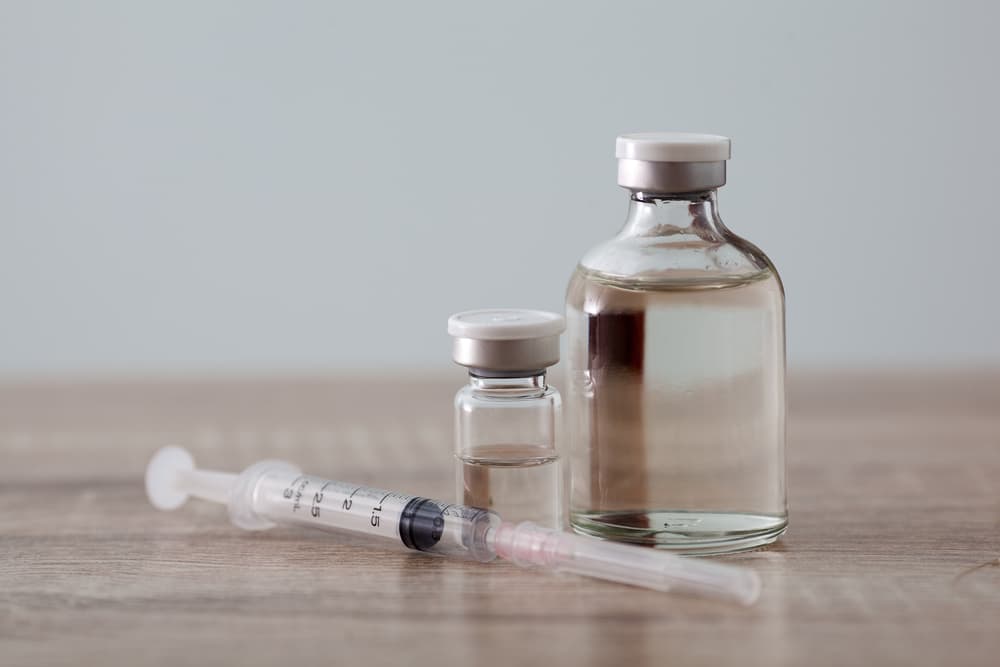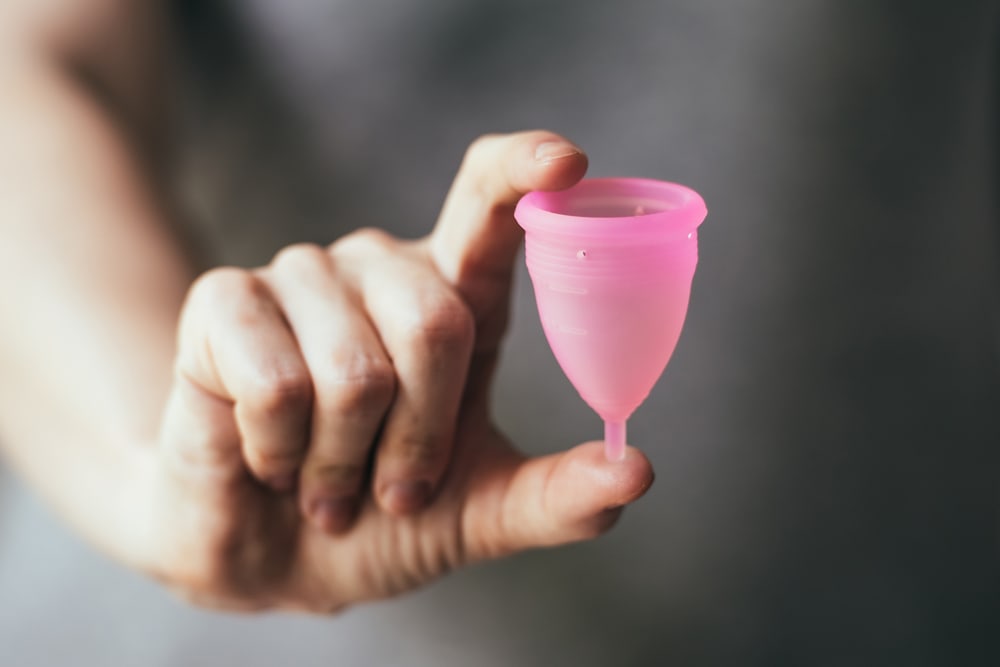Contents:
- Medical Video: A Vaccine Against ... Cancer?
- A glimpse of the cancer vaccine
- How do cancer vaccines work?
- How big is the chance that a cancer vaccine can cure cancer?
- Are cancer vaccines widely available?
Medical Video: A Vaccine Against ... Cancer?
Cancer is one of the highest causes of death in the world. The World Health Organization (WHO) recorded 10 million cancer cases diagnosed in 200 and increased to 14 million cases in 2012— 8.2 million of them died from cancer. WHO estimates the number of cancer patients globally will increase to 19 million by 2025. The increasing number of cancer cases makes researchers continue to develop various ways of treating cancer. One way to treat and increase the life expectancy of cancer patients is with a cancer vaccine. Indeed, how does it work?
A glimpse of the cancer vaccine
In principle, cancer vaccines are similar to vaccines used to fight other diseases.
Vaccines work by training the immune system to recognize and fight pathogens, whether viruses or bacteria. To do this, certain molecules from pathogens must be inserted into the body to trigger an immune response, called an antigen.
By injecting antigens into the body through vaccination, the immune system can recognize pathogens that cause disease by producing antibodies. These antibodies will fight pathogens before they spread and cause disease. These antibodies also will later recognize the pathogen of the disease, if later it reappears.
The difference is for a cancer vaccine, the component that makes the vaccine is not from viruses or bacteria that have been turned off. Cancer is not caused by both. Therefore, the components of the cancer vaccine maker will be adjusted to the circumstances of each patient and given when the cancer has appeared, not for prevention purposes.
How do cancer vaccines work?
Every cancer treatment aims to destroy cancer cells and keep healthy cells alive. The cancer vaccine is "filled" by components that contain specific molecules found only in cancer cells, so that the vaccine can help the immune system to recognize dangerous cells and order immune cells to search for and destroy cancer cells.
Researchers began by sequencing genes that encode proteins in a patient's tumor called neoantigen. Then they use computers to predict which neoanthigen is best for immune cells to recognize. Next, the scientists provided vaccines containing up to 20 specific and different neoanthigen for each patient's cancer.
How big is the chance that a cancer vaccine can cure cancer?
The cancer vaccine aimed at helping patients fight cancer cells looks promising in two new studies. One study led by Dr. Catherine Wu, scientist at Dana-Farber Cancer Institute, Boston, vaccinated six melanoma skin cancer patients, who had previously undergone surgical removal procedures.
They make vaccines that are specific to each patient and inject it under the patient's skin regularly for 5 months. They found that as many as four patients showed no signs of recurrence after 25 months. Although the other two patients experienced a recurrence, they were able to recover completely after being given additional therapy, the PD-1 inhibitor that can awaken the immune system.
Similar results came from another trial by Dr. Ugur Sahin from Johannes Gutenberg University, Germany. They conducted an experiment on 13 melanoma patients, who had previously removed the tumor. They injected a vaccine containing up to 10 neoanthigen into the patient's lymph nodes and found eight of them did not experience recurrence after 23 months. One in five patients who experience recurrence can also recover completely after being given a PD-1 inhibitor.
Are cancer vaccines widely available?
Not yet. Although a personalized cancer vaccine has been proven to trigger an immune response in the human body to fight cancer cells, the results of this study are still on a small scale. Researchers continue to develop trials on a larger scale and are very interested in combining cancer vaccines with PD-1 inhibitor drugs. The researchers believe that personalized vaccines are an excellent solution for cancer treatment.












